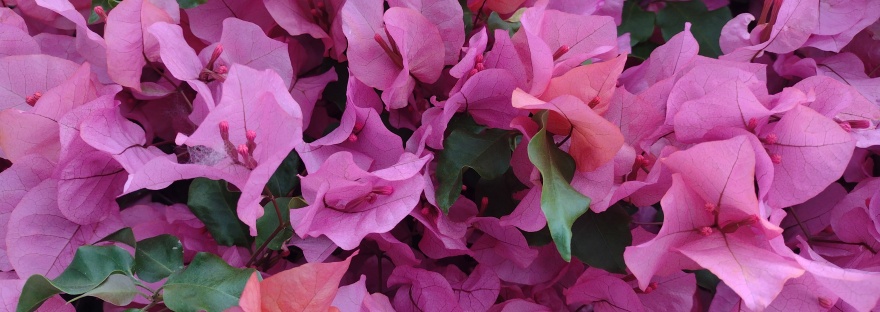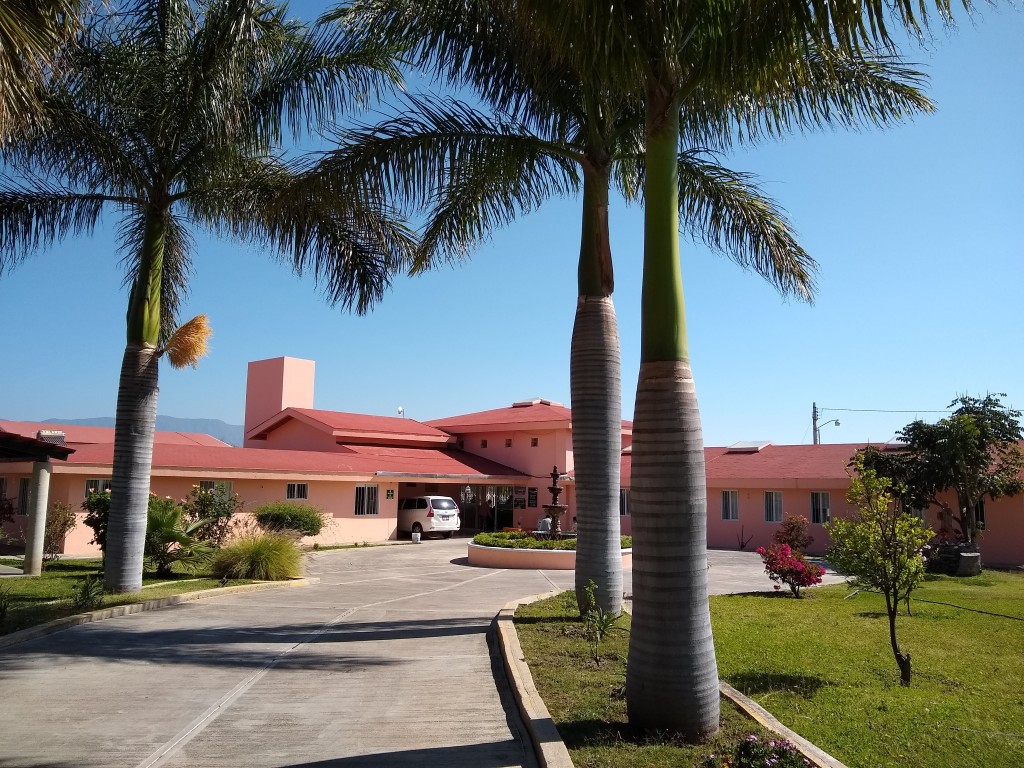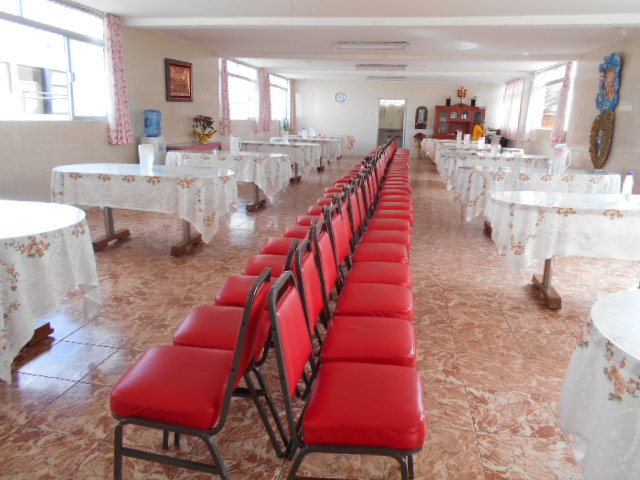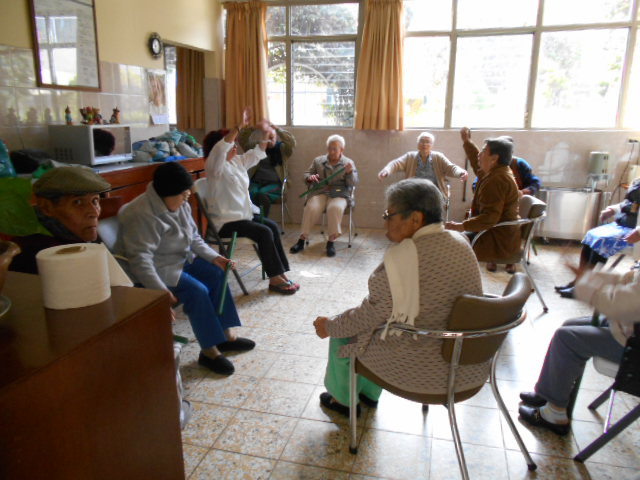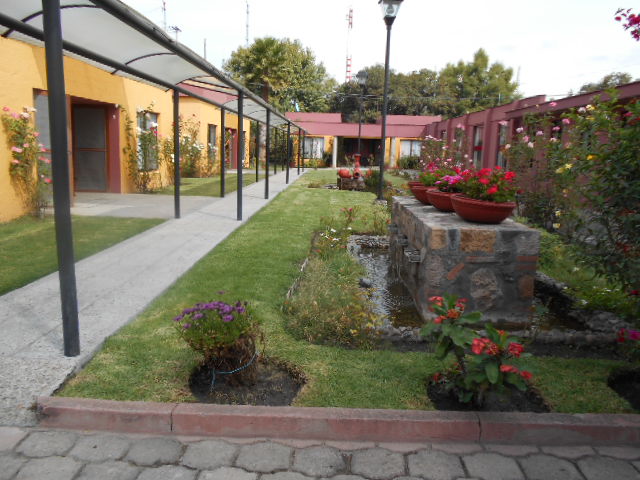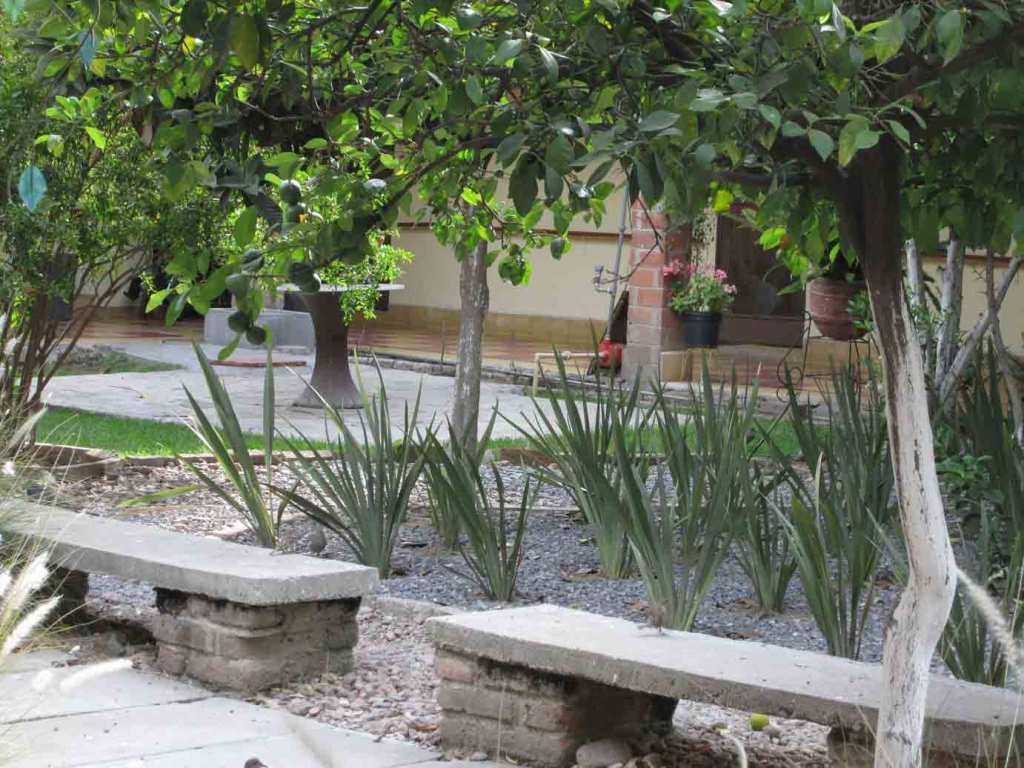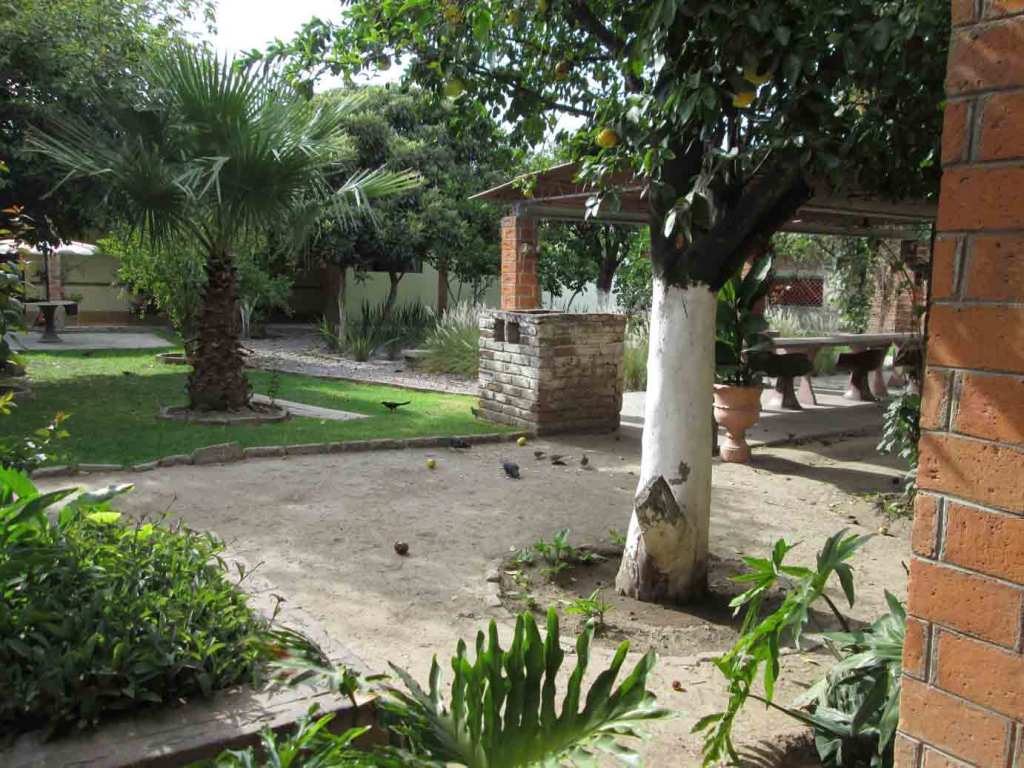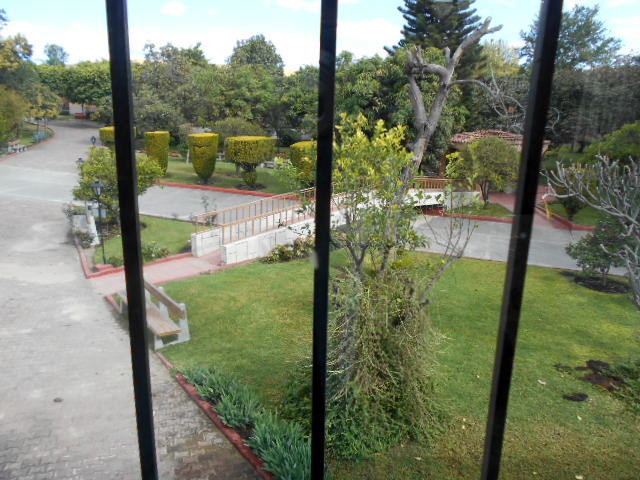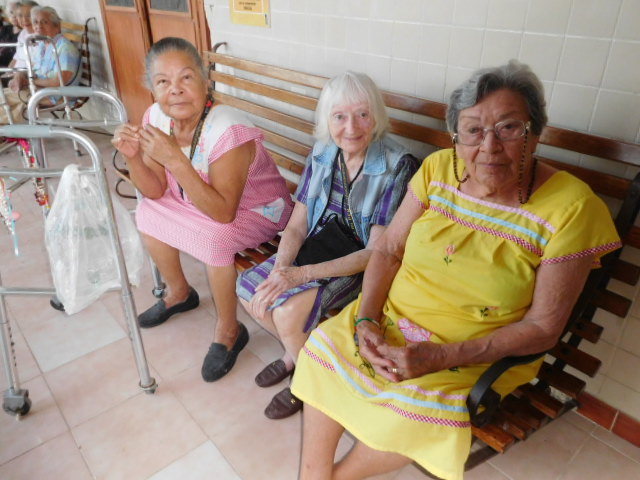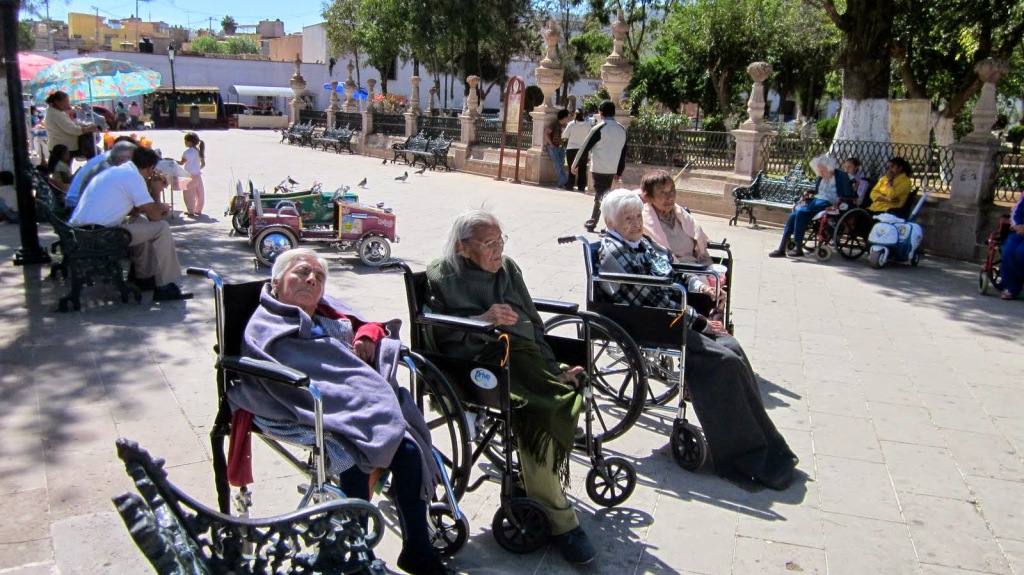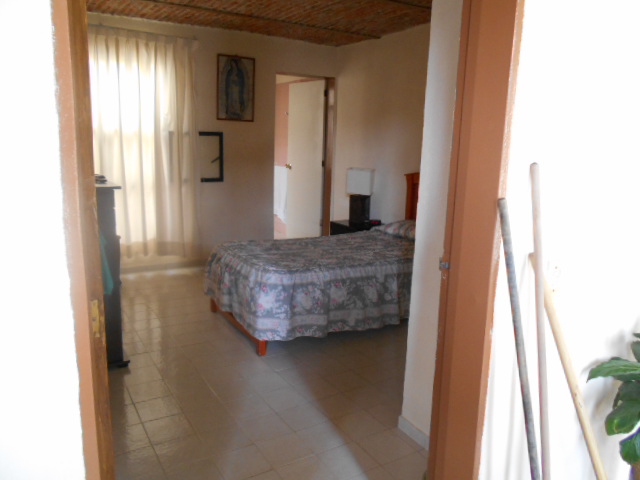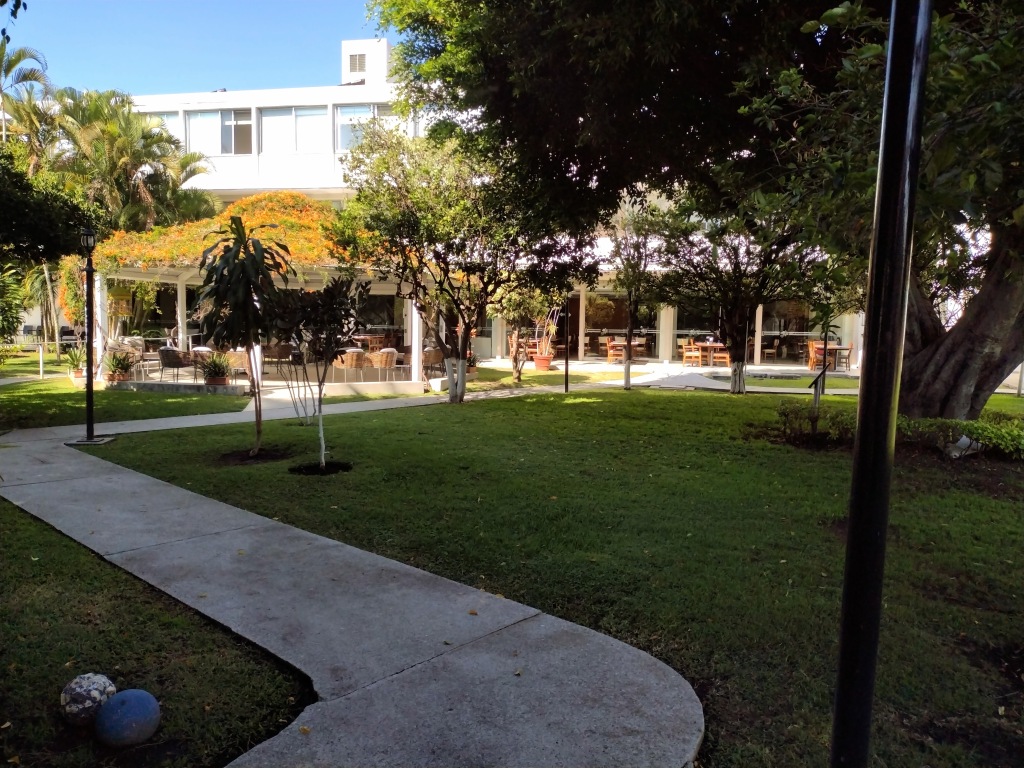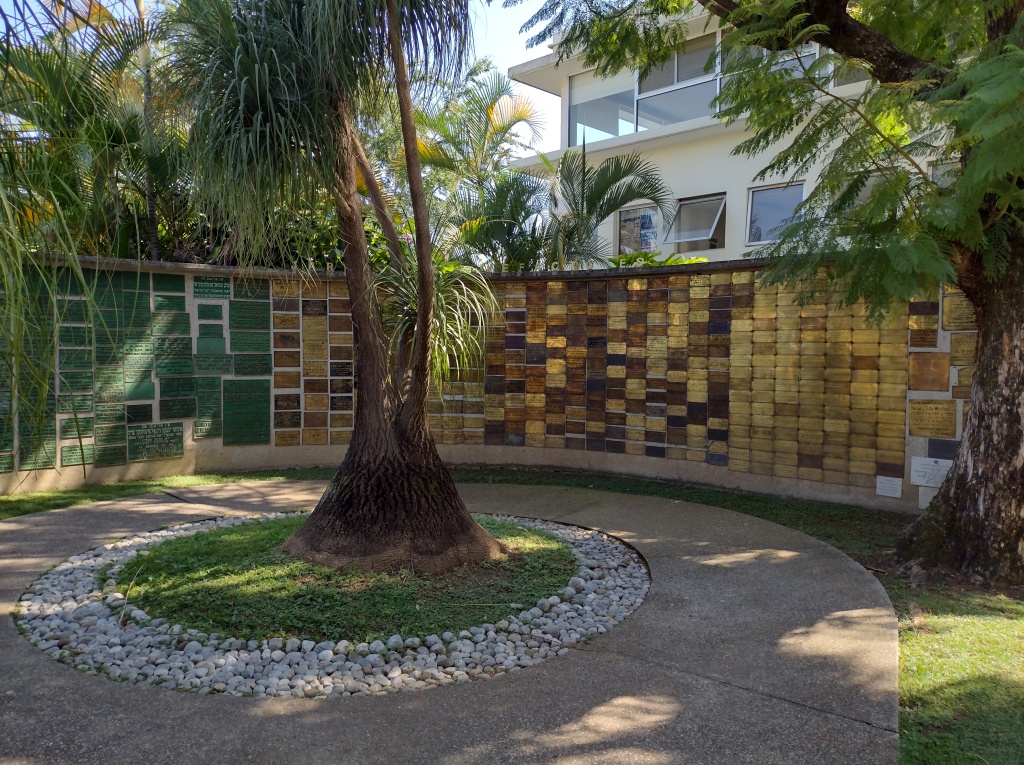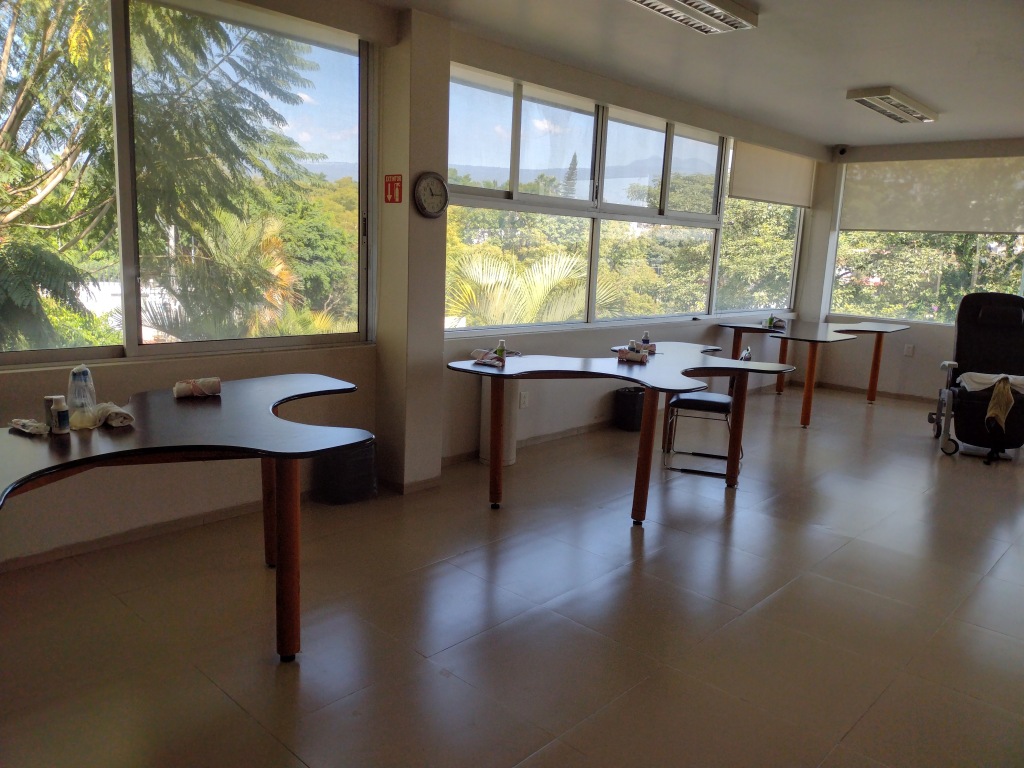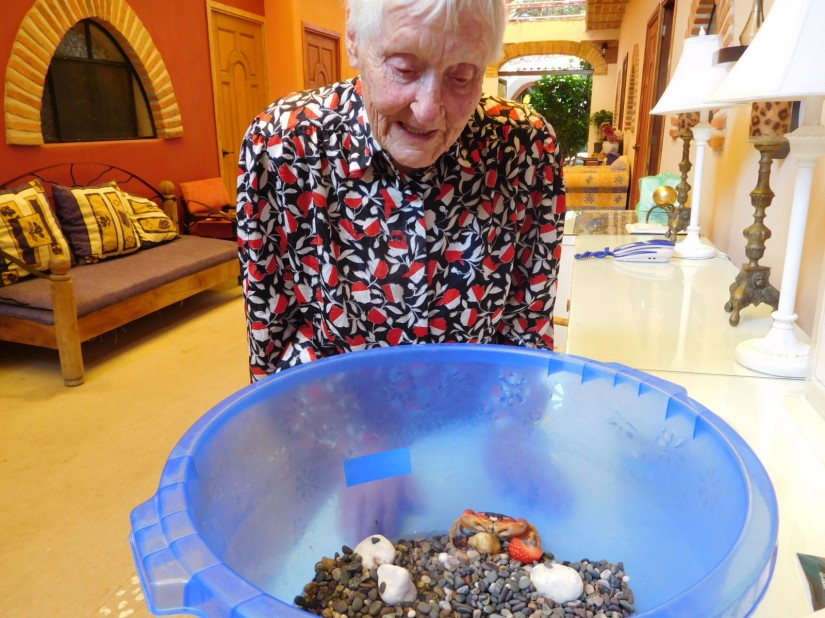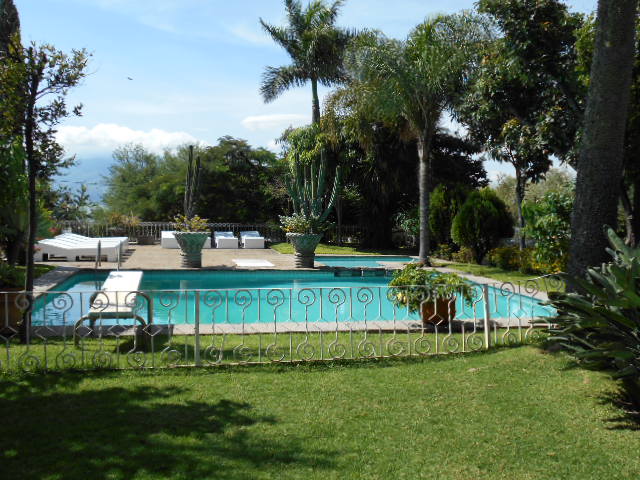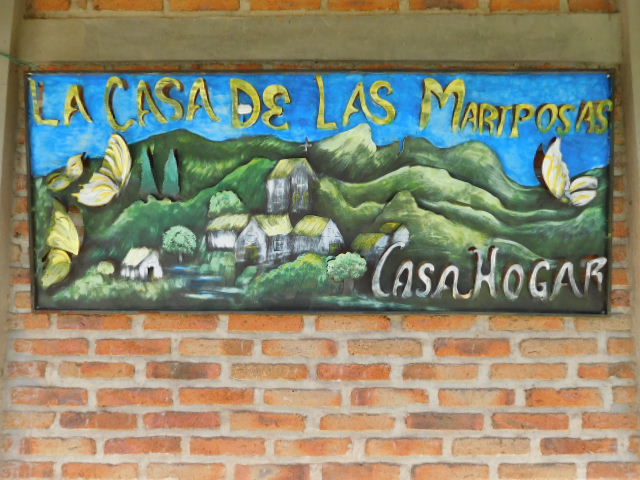In October I spent three weeks in Italy celebrating the 90th birthday of “Super Silvana” the last living person of her generation who has witnessed my life since I was a teenager. Her nickname comes from her daughter and friends who have spent a lifetime watching her overcome obstacles. She was a child during WWII living in the countryside, and later, the sole support of her daughter and other relatives. My heartfelt thanks to Silvana and her daughter for permission to share. Here is what I observed:
Aging in Place
Silvana is aging in place with dignity and self-respect, her way, as much as possible.
From my point of view, it is not easy without unlimited resources and optimum health in Italy, nor almost anywhere else in Europe. Nordic countries and The Netherlands may be mini exceptions. (I have seen well-thought-out senior living and support in Stockholm and outside Amsterdam).
Silvana’s circumstances are what Americans would refer to as middle class. She worked her whole life, ran a small business, and owns a condominium in an attractive section of Florence a few hundred yards from the Arno River. She has been a widow for over 35 years.
She is aware of the importance of diet, buys the freshest food, and continues to create meals from scratch. She used to go to open-air markets but recently has found most produce at the Esselunga market behind the back gate of the condominium. Years ago, we drove to the Tuscan towns of Impruneta or Poggibonsi on weekends and returned with the best quality olive oil, chianti, cheeses, and more. Today this is accomplished by or with her super capable and loving daughter, her only child, who lives next door, and works full-time.
Here below is a photo taken by her daughter outside the Esselunga market under the hot (over 100 degrees) October sun.

Silvana’s home is immaculate – open any armoire and you will find the best quality linen, beautifully laundered and ironed. Ditto for her clothing. In the entrance hall she keeps a marble bowl of necklaces – pearls, Murano glass, and others on a sideboard. When she goes to the supermarket or for a café, she will (unless it is too hot) be wearing a necklace, earrings, and fine watch. Next to the sideboard is her walker for the street.
Guess who cleans the condo, prepares meals, does the laundry, and makes certain all is in order. Silvana!
When you meet her, she exudes kindness, and love. She is an appreciator of life, always smiling and seeing the best in you and those whom she meets. She is a woman of immense energy, generosity, and intelligence. She worries about others and knows her neighbors and their stories. Every day she walks one flight up to check on another aging in place lady who is the caregiver for a severely disabled daughter. The lovely lady upstairs receives no respite or support from social services, neither does Silvana.
The precious little dog in the photo by her daughter below is Nina, Silvana’s companion during the day while her daughter works.
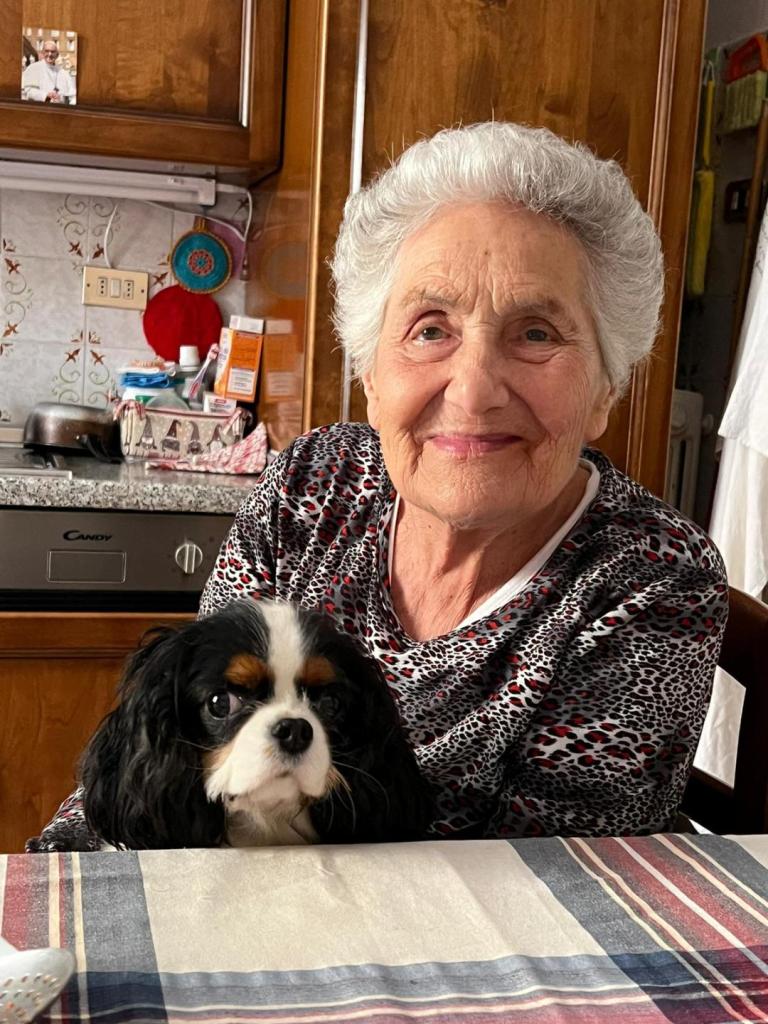
On Thursdays a hairdresser comes to coif Silvana’s hair. The hairdresser also attends to the ladies upstairs. This is Silvana’s investment in feeling better and “a posto” or okay.
Silvana’s attractive appearance defies what she is feeling almost 24/7 – unrelenting pain from rheumatoid arthritis, scoliosis, osteoarthritis, and other co-morbidities.
Nighttime Challenge
Nighttime is more difficult than daytime. Sleep is interrupted with shooting pain despite evening medication. When she gets up to use the bathroom, it is not easy. It takes a while to lift her body comfortably from the bed. (The bed she carefully chose gives best possible comfort and support for her condition). She is wise and focuses on remaining stable as she rises; it is a chore to walk the short distance. She does not use a walker in the house or to navigate at night. The lighting is good. But what if she falls?
Socialization
Silvana loves her independence, walking the local streets and around the condo compound every day. Unlike many disabled and ailing who are retired, she is supremely socialized, though it would be helpful to have visitors or a regular companion during the day other than neighbors who stop by outside her window. Game shows on TV are not of interest, the news is. She enjoys reading and crossword puzzles. Her mind is sharp.
Almost every day I was there we walked to the city center looking to replace my favorite Igi & Co. wedge walking shoes. Each time we went it was a charming adventure watching how she would dart ahead of me with her walker, so excited. She attracts folks like magnets on the street, in stores. It is fun to watch. As you may have surmised, she is super friendly and has a gift for storytelling.
We were late returning from the center one evening and decided to hop on a tram instead of walking back. As she enters the tram with her walker she is smiling and announcing how much she appreciates everyone’s help and she is sorry if she is disturbing anyone. Passengers smile broadly, transfixed by her charisma and warmth. I wish I had thought to make a video of the experience. It was such a pleasure to watch.
Assisted Living in Italy
Silvana has absolutely no interest in a senior living home even if she could afford the prices. There are a handful of “luxury” residences, homes run by nuns, and homes partially supported by the government in Tuscany known as RSA (Residenza Sanitaria Assistenziale – sanitary residence care).
The photo below is of a typical modern assisted living in Florence. The photo is only to show an example, not to recommend or endorse.
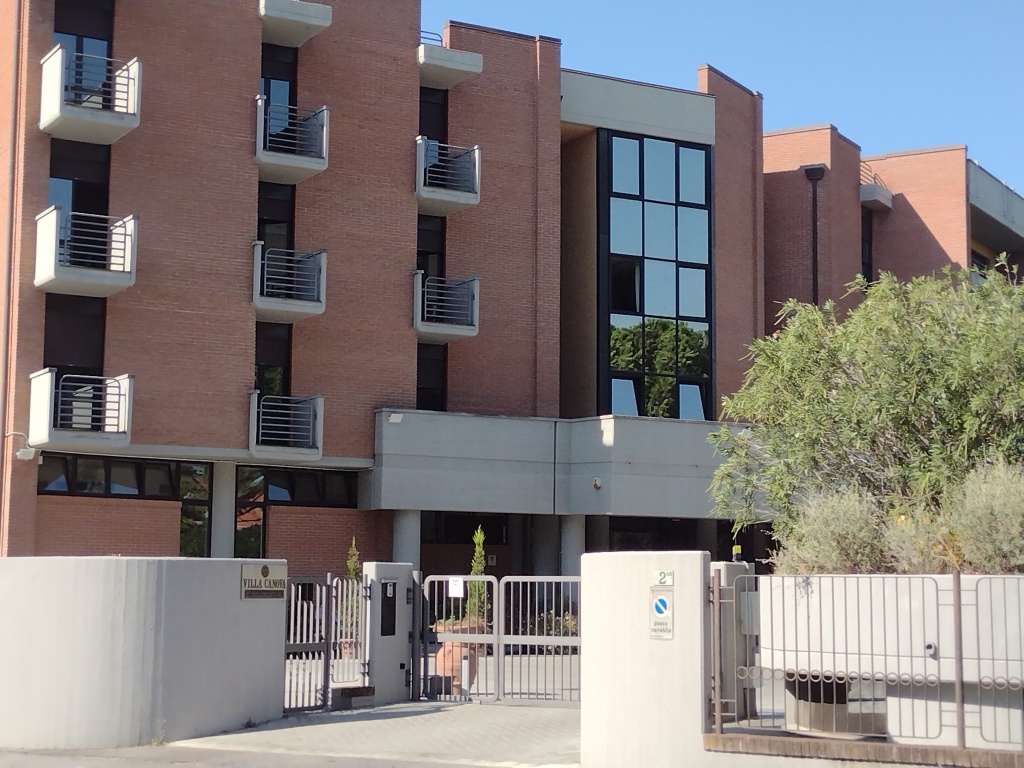
In Italy, there is private pay assisted living, and as in the U.S., you will be moved if you require nursing care. Prices range between 2500 and 4500 euros per month, depending on the city and the region. I visited four residences in Florence and two in Pistoia on this trip. My priority was to be with Silvana as much as possible, observe her health, and see if we could discover some surprise solution to ease her aging in place. My last trip was to see Silvana’s loving oldest sister before she passed away – fortunately, with good care paid for in part by the Italian government.
Home Health Aides (known as “badanti”)
Receiving help at home is not paid for or assisted by social services unless you are uncommonly poor and gravely disabled – blind, deaf, paralyzed, etc. Silvana might welcome a “badante”, a caregiver, though she might not readily admit this. She tries not to show it, but she is understandably tired. She is not a complainer. Keep in mind it is cultural to not discuss your woes outside your family, and just as important, is the desire to “fare una bella figura” an idiomatic way of saying always put your best foot forward.(Badante is from the Italian verb badare, to take care of).
There are agencies for a badante, male or female, in larger Italian cities. In Tuscany and other provinces there is also an underground market (or hidden job network) of migrant Peruvian, Moldavian, and Romanian badantes, some apparently without residency. I heard stories (not confirmed) about abuse or theft on occasion by caregivers who are not vetted or bonded. On the other side, there are stories of “modern servitude” by Italian families hiring badanti.
Below is a photo of a large agency on Via del Sansovino in Florence. There are three other agencies in city center.

According to a British study by Giuliana Costa the hiring of migrant badanti to relieve Italian families has been on-going since around 2000. The average price of a badante starts at about 800 euros/month (about $900 USD) and goes to 1500 euro (about $1600 USD) or 2000 euro per month ($2200 USD) not including room and board. The average gross monthly salary of middle-class Italians is currently 3650 euros, the current average middle class pension is 800-1200 euros/month or more). With prices rising around the world since COVID, the cost for a badante continues to increase.
The situation is challenging if you are caught in the middle. Italian families, the traditional caregivers, must now work or care for their own children as well as their parents.
Depending on which statistics you study, Italy has the second or third largest population of older adults in the world, following Germany or Japan. In Italy today, there is not enough support for the growing population of older adults.
Average Middle-Class Pension in Italy, Will It Pay for a Badante?
The average middle class pension in Italy is around $16,572.22 USD/year. Monthly, that comes to 1370 euros, but the pension is more likely 800 to 1000 euros per month. Even if your condo is owned, you are paying condo fees, water, gas, electricity, transportation, food, doctors, clothing, and miscellaneous expenses. Are you able to pay a badante who will need his or her own room + board? If you are lucky perhaps you may find someone for a few short hours at 10-12 euros per hour. But over time the expense may become prohibitive.
If you own a home and have a pension above the poverty line, it is a given that government social services will tacitly expect your family to care for you. This makes me wonder what happens if you are a solo ager with no support.
If you are above the poverty line in Tuscany, you must pay a fee to go to a senior center, a day care center, receive social worker support and other services. If the choice is paying utilities and eating, will you pay for day care? As far as I have learned from research, there is no organization such as Meals on Wheels in Florence for example, and even if there was, Silvana prefers choosing what food is most healthful for her. I was hoping to learn about a non-profit organization of volunteer companions that visit older adults. Florence does, however, have a volunteer service that drives extremely disabled older adults to doctor appointments.
The local government social services in Florence are housed in the ASL Ufficio di Assistenza (the Assistance Building) which includes the ISEE, the government entity which assesses your economic condition (Equivalent Economic Situation Indicator).
What happens if Silvana has a fall, a stroke, and needs serious care?
Government healthcare will kick in, but for some services, she may be paying in part. Her daughter sends good thoughts to the universe every day so that her mother will not have an accident, so do I.
The national health system in Italy includes state hospitals which are funded by taxes. If you are Italian, or a resident, you do not pay as a patient for the hospital. For scheduled surgery, a referral from a doctor is required. In acute situations, you can go to an emergency room (Pronto Soccorso) without a referral.
What works…
Italy has provided universal healthcare since 1978 through the Ministry of Health and its SSN Servizio Sanitario Nazionale. This service is available to all Italians and Italian residents. Until the last few years, according to many, it has been a positive experience. Recently, due to staff shortages, COVID, and fewer euros to support the system, it takes longer to receive attention. Fortunately, Silvana has an SSN geriatrician whom she is pleased with. SSN does not include dentistry and psychological support. There is also private pay medicine in Italy and private pay health insurance. Many Italians are now participating in both public and private insurance, the latter if they are able to afford it.
Conclusion
The review above is a snapshot. A proper evaluation would require several months or a year of due diligence and observation to understand the changing system of care for older adults in Italy.
Again, as with the U.S. and most “western” nations, much has changed in the last 10 or 20 years – mostly diminishing social services plus higher cost of living and cost of care prices.
My Italian trip made Mexico, (where I focus my energies coordinating senior care, senior housing, and end-of-life care), seem comparatively less complicated and more affordable for Americans, Canadians, or Europeans seeking to age in place outside their home country.
Through Mexico’s INAPAM and DIF, all nationals and residents may participate in programs and activities designed as poverty reduction strategies. Senior centers act as daycare centers with socialization (there are government centers in rural areas as well as metropolitan areas), seniors receive discounts for travel by bus locally and long distance, Mexican national seniors receive a small monthly amount for expenses, and DIF homes (not that many in the country), provide a roof over one’s head and care.
Wendy Jane Carrel, MA, is a Spanish-speaking (and still Italian-speaking) senior care advocate from California. She has travelled 13 states of Mexico for more than 20 years researching health systems, senior care, and end-of-life care. She provides housing and care solutions and guides transitions in/to Mexico for Americans, Canadians, and Europeans. She is a compassionate companion and palliative care liaison, legacy writer, a trauma-informed End-of-Life Doula (National End-of-Life Doula Alliance proficient), and a speaker and published author on subjects related to senior well-being. Wendy’s web site is https://www.WellnessShepherd.com
References:
https://journals.openedition.org/osb/1536 Private Assistants in the Italian Care System, Facts and Policies by Giuliana Costa
https://www.ncbi.nlm.nih.gov/pmc/articles/PMC5868556/ well-presented “badante” case study in the city of Verona from 2017.
https://cafebabel.com/en/article/badante-the-ghosts-of-italian-society-5ae00a19f723b35a145e5e21/ how migrant caregivers are often exploited in Italy
https://cafcisltoscana.it/isee Social Services in Tuscany, Italy Assistance for pregnancy, university tuition, older adults and more, if you qualify.
https://housinganywhere.com/Italy/average-salary-italy
https://en.wikipedia.org/wiki/Healthcare_in_Italy
https://www.yourcare.eu/press/assisted-living-boom-predicted-in-italian-cities/ average 2023 monthly salaries for in-home caregivers
https://www.gruppolameridiana.com/en/residenza-sanitaria-assistenziale-rsa-works/ RSA homes in Italy
© Wendy Jane Carrel, 2023


